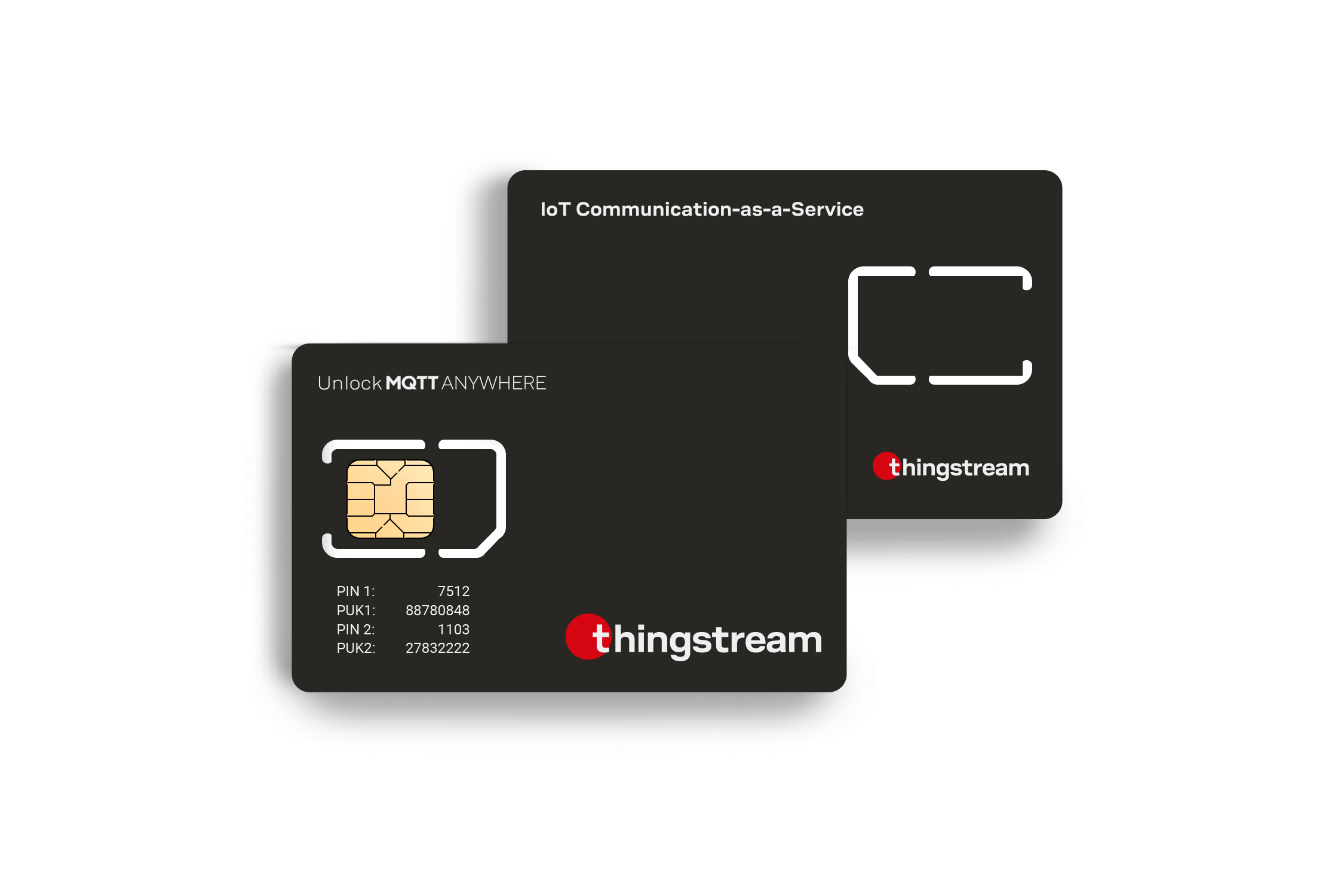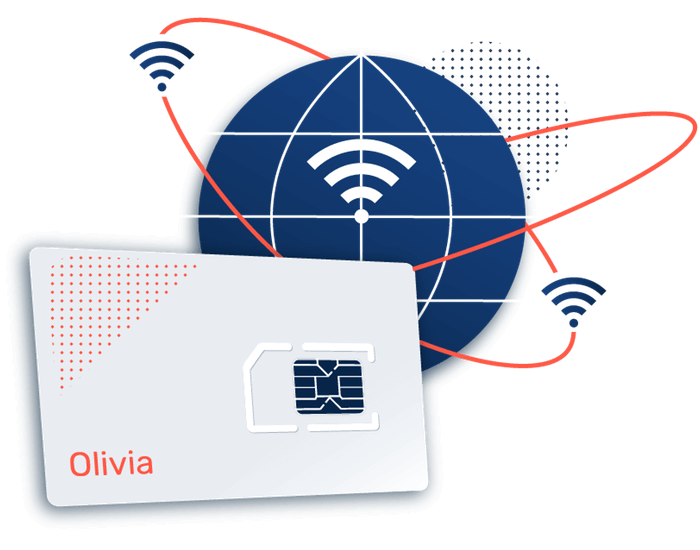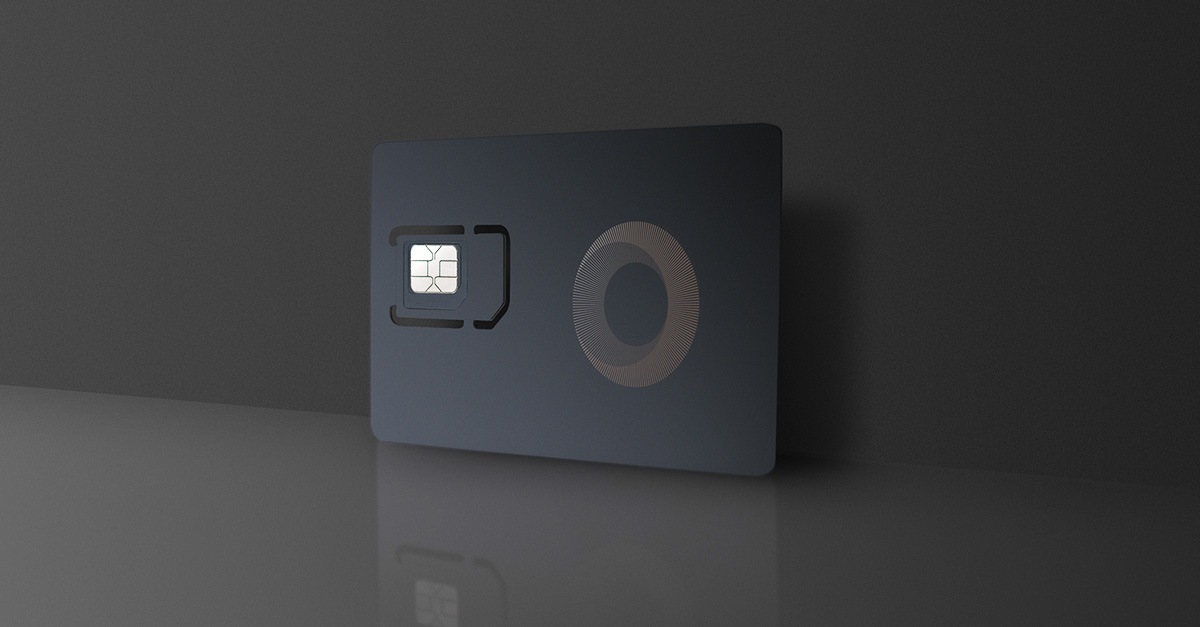Iot Revolution Technologies Comprehensive IoT Remote Monitoring Solutions
Iot Revolution Technologies Comprehensive IoT Remote Monitoring Solutions
Blog Article
Remote Iot Monitoring Solution Advantages of IoT Monitoring Systems

The rapid enlargement of the Internet of Things (IoT) has made it important to establish standardized connectivity protocols to allow gadgets to speak seamlessly. Various standards and protocols have emerged, and they cater to totally different necessities, corresponding to power consumption, knowledge price, vary, and complexity. Each protocol presents distinct advantages and disadvantages, making it essential for builders and firms to evaluate their specific needs when choosing one.
One outstanding standard within the IoT panorama is MQTT (Message Queuing Telemetry Transport). MQTT is light-weight and designed for low-bandwidth and high-latency environments. It Remote Monitoring Software. Its publish-subscribe mannequin permits efficient communication between gadgets and is ideal for functions in home automation or remote monitoring. However, its dependency on a central broker can introduce a single point of failure, making resilience a consideration in its implementation.
It Remote Monitoring Software Advantages of Remote Monitoring in IoT
In contrast, CoAP (Constrained Application Protocol) aims to allow smaller, constrained gadgets to communicate over the online. Utilizing a RESTful structure much like HTTP, CoAP is designed for low-power and lossy networks. This makes it appropriate for functions requiring efficient gadget communication in constraints of reminiscence and processing power, like smart agriculture. While CoAP helps multicast, which permits a single message to reach multiple recipients, it doesn't inherently manage long-lived connections like MQTT does.

Zigbee is one other example of a regular regularly employed in the IoT sphere, significantly for home automation. Operating within the 2.4 GHz band, Zigbee creates mesh networks that permit devices to speak while extending their vary by way of other connected units. Its low energy consumption is beneficial for battery-operated gadgets, but the information price is considerably decrease than Wi-Fi or other wired technologies, which limits the quantity of information that can be transmitted effectively in real time.
LoRaWAN (Long Range Wide Area Network) is especially vital for applications requiring long-range communication capabilities. Operating in sub-GHz frequency bands, LoRaWAN can connect units over distances of a number of kilometers whereas consuming minimal power. This makes it best for rural functions similar to precision agriculture and environmental monitoring. However, it usually supports low knowledge rates and is less efficient for time-sensitive applications the place immediate information transmission is essential.
Remote Monitoring Using Iot Software for IoT Remote Monitoring
NB-IoT (Narrowband IoT) is a cellular technology designed to assist a broad range of IoT connectivity needs. With elevated coverage, NB-IoT provides deep penetration into buildings and underground areas, typically outperforming traditional cellular networks. Its effectivity by means of power consumption and information transmission makes it well-suited for smart metering and different steady-state applications. The draw back, however, is the reliance on cellular infrastructure, which may involve extra costs.
Another noteworthy protocol is Bluetooth Low Energy (BLE). BLE is optimized for short-range communications and low energy usage, making it perfect for personal space networks. It is particularly in style in wearables and health monitoring units. However, the restricted range can pose challenges for functions requiring long-distance connectivity, making it less fitted to industrial IoT purposes like smart cities.
Remote Monitoring Solutions Non-Invasive Devices for IoT Monitoring
When contemplating the operational environment, completely different protocols strategize their connectivity. For instance, Sigfox is designed for excessive energy effectivity, employing a novel know-how that prioritizes low data rates over in depth coverage. This works nicely for units needing to transmit small quantities of knowledge infrequently, corresponding to monitoring devices. However, the trade-off comes within the form of restricted data fee and potentially view it now larger latency.
Another essential side of IoT connectivity standards and protocols comparison is safety. Many protocols implement varying levels of security measures. For instance, protocols like TLS (Transport Layer Security) could be leveraged with MQTT to boost knowledge integrity and confidentiality. In distinction, other protocols could have built-in security measures, while some require extra layers to ensure secure communication.
Interoperability additionally plays a vital role in protocol choice. As IoT devices proliferate across varied industries, making certain gadgets can communicate regardless of their manufacturers can mitigate future compatibility points. Protocols that adhere to established standards have a tendency to offer higher interoperability, thus easing integration efforts across totally different platforms.
Iot Revolution Technologies Asset Management with IoT Monitoring

The panorama of IoT connectivity is evolving, reflecting the varied needs of industries ranging from healthcare to manufacturing. As more devices turn out to be interconnected, the demand for efficient, secure, and reliable communication continues to develop. Each protocol carries its distinctive set of traits; thus, companies should conduct thorough evaluations of their use instances to ensure optimal performance while considering future scalability and adaptableness.
In conclusion, while there isn't any one-size-fits-all answer relating to IoT connectivity standards and protocols, understanding the comparisons can guide developers and companies in making educated decisions. Factors like operational requirements, security considerations, and potential use cases come into play when evaluating which protocol suits finest. The realm of IoT is have a peek at this website rising and evolving, making it important for trade gamers to stay informed on the latest developments and rising standards to maintain aggressive advantages and meet more and more complicated demands.
- Various IoT connectivity standards embody Wi-Fi, Bluetooth, Zigbee, and LoRaWAN, every tailor-made for particular use cases and operational needs.
- Wi-Fi is thought for its high information switch charges, making it best for purposes requiring substantial bandwidth, such as video streaming, but it consumes extra energy in comparison with other protocols.
- Bluetooth Low Energy (BLE) is favored for short-range sensor functions as a outcome of its minimal power consumption, allowing gadgets to run for prolonged durations on a small battery.
- Zigbee operates on low energy and helps mesh networking, enabling devices to speak over distances larger than traditional point-to-point techniques, which might enhance network protection.
- LoRaWAN excels in long-range communications and allows low-power, wide-area community (LPWAN) capabilities, making it appropriate for remote IoT functions like agriculture and urban infrastructure monitoring.
- Cellular connectivity standards, corresponding to 4G LTE and 5G, present extensive community coverage and high-speed data switch but could incur greater operational prices and require more substantial power assets.
- MQTT and CoAP are lightweight utility layer protocols extensively used for IoT communications, where MQTT is more suitable for device-to-cloud interactions, whereas CoAP is optimized for constrained devices and networks.
- Security varies considerably across IoT protocols, with some like HTTPS offering robust encryption, whereas others may depend on simpler strategies, potentially exposing gadgets to vulnerabilities.
- Scalability is a critical issue; whereas protocols similar to LoRaWAN assist numerous units, others like Bluetooth could face limitations in device capability relying on the network structure.
- Determining the right connectivity standard includes balancing components such as vary, power effectivity, information needs, and safety requirements tailored to particular IoT deployment scenarios.undefinedWhat are the commonest IoT connectivity standards?
The most common IoT connectivity standards embrace Wi-Fi, Bluetooth, Zigbee, LoRaWAN, NB-IoT, and 5G. Remote Monitoring Solutions. Each standard has distinctive options and use cases, catering to varied utility requirements by method of vary, power consumption, and data rates.
Iot Remote Monitoring Solution Remote Insights through IoT Monitoring
How do I choose the best IoT protocol for my application?
Selecting the right IoT protocol is decided by factors such because the range, knowledge throughput, power consumption, and the environment by which gadgets will operate. Assessing these standards against your software's specific needs will information your decision (Remote Iot Monitoring Solution).
What is the difference between short-range and long-range IoT protocols?
Short-range protocols, like Wi-Fi and Bluetooth, are perfect for localized purposes needing excessive data rates however restricted range. Long-range protocols, similar to LoRaWAN and NB-IoT, excel in low-power, wide-area use circumstances, prioritizing battery efficiency over speed.
Iot Remote Monitoring Solution Benefits of IoT Remote Monitoring
Can multiple IoT protocols be utilized in the same network?
Yes, multiple IoT protocols can coexist in the same community, enabling devices with various connectivity needs to speak. However, careful community design is required to manage information circulate and keep away from interference.
Remote Monitoring Using Iot IoT Monitoring Solutions for Businesses

What position does safety play in IoT connectivity standards?
Security is critical in IoT connectivity standards as a result of potential vulnerabilities in knowledge transmission. Choosing protocols with built-in encryption and sturdy authentication mechanisms may help safeguard sensitive information.
How do these standards have an effect on the scalability of IoT systems?
Different IoT standards have various capacities for managing gadget load, which instantly affects scalability. Standards designed for high system counts, like MQTT over TCP/IP, are important for scaling up IoT deployments successfully.
Remote Monitoring Basics of IoT Remote Monitoring
What is the importance of interoperability in IoT protocols?
Interoperability ensures that units from completely different manufacturers can talk seamlessly. This is essential for large-scale IoT deployments, as it allows various devices to work collectively, enhancing total system functionality.
Are there any emerging tendencies in IoT connectivity standards?
Remote Monitoring Secure Remote Monitoring of IoT Devices
Emerging tendencies include the adoption of edge computing, which minimizes latency, and the combination of Artificial Intelligence for smarter data processing. Additionally, standards like 5G are gaining traction for his or her capability to assist an enormous number of linked devices.
How can I keep updated on IoT connectivity standards and protocols?
Staying knowledgeable involves often consulting industry publications, attending related conferences, and participating in online forums. Following organizations just like the Internet Engineering Task Force (IETF) and the International Telecommunication Union (ITU) can also present valuable insights.
Report this page